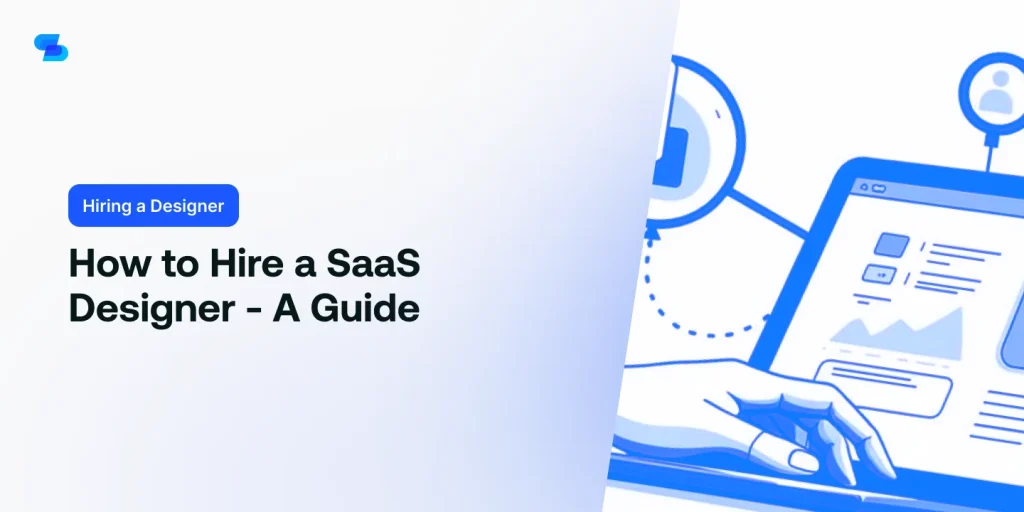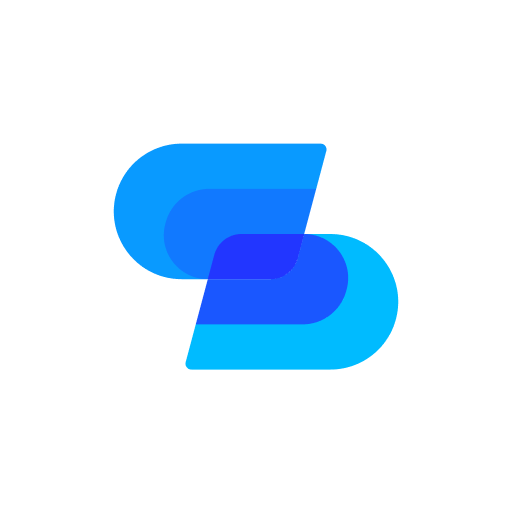You’re about to initiate a vital mission: hiring a SaaS contract designer. It’s not just about finding someone who can make things look pretty; you need a strategic thinker who can transform complex software into intuitive experiences. But here’s the catch: the best designers are in high demand, and you’re competing against tech giants with deep pockets. How do you attract top talent and guarantee they’re the right fit for your project? The answer lies in a carefully crafted approach that goes beyond the typical hiring playbook. Buckle up—you’re in for a wild ride through the world of SaaS design recruitment.
Understanding the SaaS Designer Role
SaaS designers aren’t your run-of-the-mill pixel pushers; they’re architects of user experience in the cloud. They’re the masterminds behind intuitive interfaces that keep users coming back for more. Think of them as digital psychologists, decoding user behavior and translating it into sleek, functional designs.
These wizards of the web don’t just make things pretty; they’re problem-solvers extraordinaire. They juggle complex data structures, user flows, and business objectives, all while keeping the end-user’s needs front and center. It’s a high-wire act that demands a unique blend of creativity and analytical thinking.
In the SaaS world, designers are your secret weapon. They’re the difference between a product that users tolerate and one they can’t live without. They’re not just creating layouts; they’re crafting experiences that drive engagement, retention, and ultimately, your bottom line.
When you’re hiring a SaaS designer, look for someone who speaks the language of both design and business. They should be able to translate KPIs into pixels and user stories into interfaces.
Identifying Essential Skills and Qualifications
In light of the unique demands of SaaS design, you’ll need to hunt for a rare breed of creative mastermind with a specific set of skills. Don’t settle for a run-of-the-mill designer; your SaaS contract wizard should be a hybrid of artistry and analytics.
First, demand UX expertise. Your designer must grasp user psychology, creating intuitive interfaces that hook subscribers. They should live and breathe user flows, wireframes, and prototypes.
Next, insist on data fluency. The ideal candidate crunches numbers like a statistician, turning metrics into design gold. Look for a portfolio bursting with SaaS projects. Generic web design won’t cut it. Seek evidence of subscription model mastery and feature adoption strategies. Bonus points for experience with your industry niche.
Technical chops matter. Your designer should speak the language of developers, understanding the constraints and possibilities of different tech stacks. They’ll need to navigate design systems and collaborate seamlessly with engineering teams.
Crafting an Effective Job Description
Crafting a killer job description is your secret weapon for luring top SaaS design talent. Don’t settle for bland, generic listings. Instead, inject personality and punch into every line. Start with a grabby headline that screams ‘this isn’t your average design gig.’
Ditch the corporate jargon and speak directly to your ideal candidate. Paint a vivid picture of the role’s impact on your product and users. Highlight unique challenges they’ll tackle and the autonomy they’ll enjoy. Be brutally honest about expectations and potential roadblocks – sugar-coating helps no one.
List must-have skills, but don’t go overboard. Focus on core competencies that truly matter for success. Showcase your company culture and values, but skip the clichés. What makes your team genuinely different?
Include specifics about the tech stack, design tools, and methodologies you use. Mention exciting projects on the horizon to spark curiosity. Don’t forget to sell the perks – what makes working for you irresistible?
Close with a clear call-to-action. Tell them exactly how to apply and what to include. Make it easy for standout candidates to shine from the get-go.
Evaluating Portfolios and Experience
Forget cookie-cutter resumes – a designer’s portfolio is your window into their creative soul and technical chops.
When evaluating SaaS contract designers, dive deep into their work samples. Look for a diverse range of projects that showcase versatility and adaptability. Don’t just skim – scrutinize the details, from color schemes to typography choices.
Pay attention to their problem-solving skills. How did they tackle complex UI/UX challenges? Did they create intuitive interfaces for data-heavy applications? Look for evidence of user-centric design thinking and a keen eye for visual hierarchy.
Experience matters, but it’s not everything. A designer with three years of hyper-focused SaaS work might outshine someone with a decade of generic web design. Seek out candidates who’ve worked on projects similar to yours in scale and complexity.
Don’t ignore side projects or passion work. These often reveal a designer’s true interests and potential for innovation. Ask pointed questions about their design process, tools, and collaboration style.
Conducting Interviews and Test Projects
Once you’ve shortlisted promising candidates, it’s time to put their skills to the test through strategic interviews and hands-on projects.
Don’t waste time with generic questions. Instead, challenge them with real-world SaaS design scenarios. Ask how they’d tackle a specific UX problem or improve a competitor’s interface. Their answers will reveal their problem-solving prowess and industry knowledge.
Next, throw them into the deep end with a mini-project. Give them a mock SaaS dashboard to redesign or a user flow to optimize. Set a tight deadline to mimic real-world pressure. This test will showcase their design chops, time management skills, and ability to work under constraints.
During the interview, probe their communication skills. Can they explain complex design decisions in simple terms? This is essential for collaborating with non-designers.
Also, assess their adaptability. SaaS evolves rapidly, so you need someone who can pivot on a dime.
To Wrap Up
You’ve got the blueprint. Now, shake things up. Ditch the cookie-cutter approach and hunt for a SaaS design rebel.
Look beyond pretty pixels; seek a problem-solving wizard who’ll challenge your assumptions. Don’t settle for safe. Embrace the designer who’ll push boundaries, ruffle feathers, and ignite user passion.
Remember, in the cutthroat SaaS world, mediocre design is a death sentence. Go bold or go home. Your users are waiting.

